Until a few years ago, the Star Wars prequel trilogy was universally panned by both diehard fans and casual moviegoers. But as the millennials who grew up with the prequels have become outspoken adults and Disney’s attempt at a sequel trilogy has shown us how quickly Star Wars can go off the rails without George Lucas — or just a single guiding creative vision — the prequels have come to be reconsidered. They’re still deeply flawed movies, but there’s also a lot to appreciate in these products of unrestrained creativity. So, here are 5 Things The Star Wars Prequel Trilogy Did Wrong (% 5 It Did Right).
10 Wrong: Overreliance on CGI
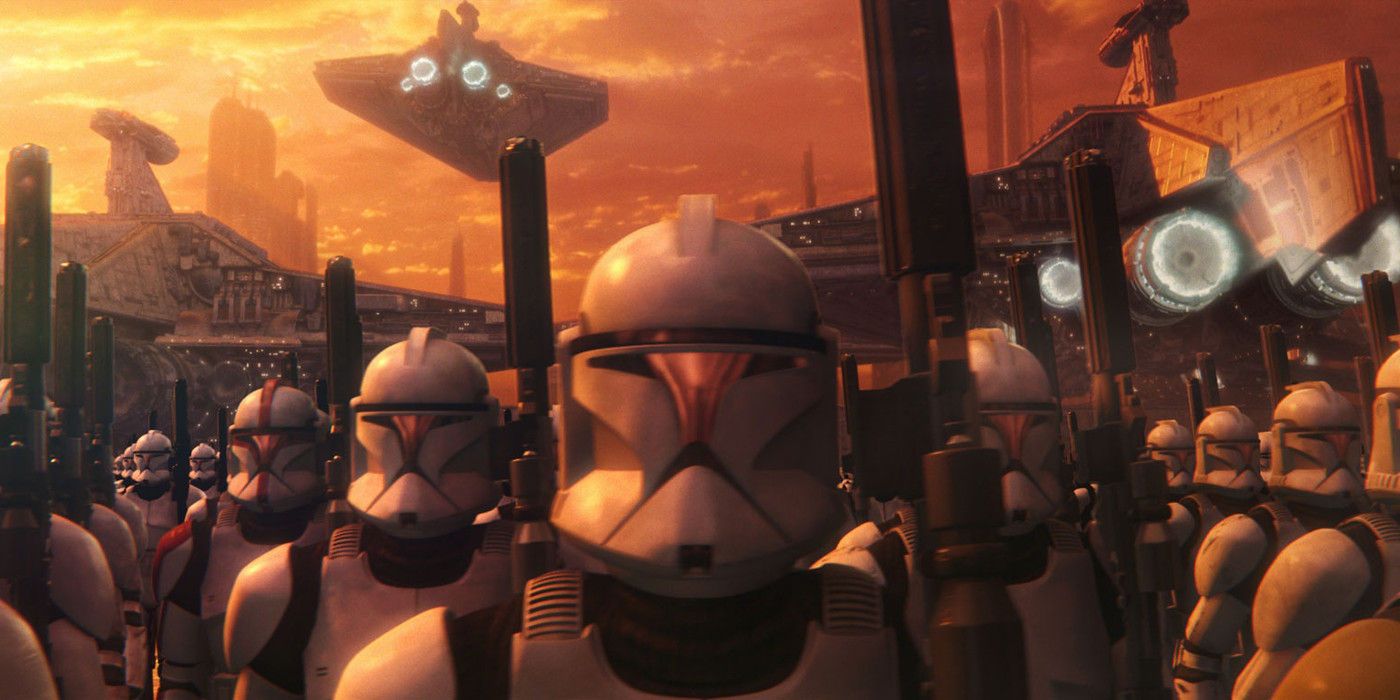
To be fair to George Lucas, CGI was in its infancy when he made the Star Wars prequel trilogy, and he was one of the pioneers at the forefront of its technological advancement. At the time, the ability to fill the frame with all kinds of computer-generated dreck was a fresh novelty.
Lucas was so excited by the new technology that he didn’t feel like ruining the prequel trilogy’s aesthetic with an abundance of primitive CGI effects was enough and he went back into the original trilogy to ruin that, too, with the so-called “Special Editions.” The prequels’ overuse of CGI is distracting, especially now that CGI technologies have gotten even better.
9 Right: Ewan McGregor’s performance as young Obi-Wan Kenobi
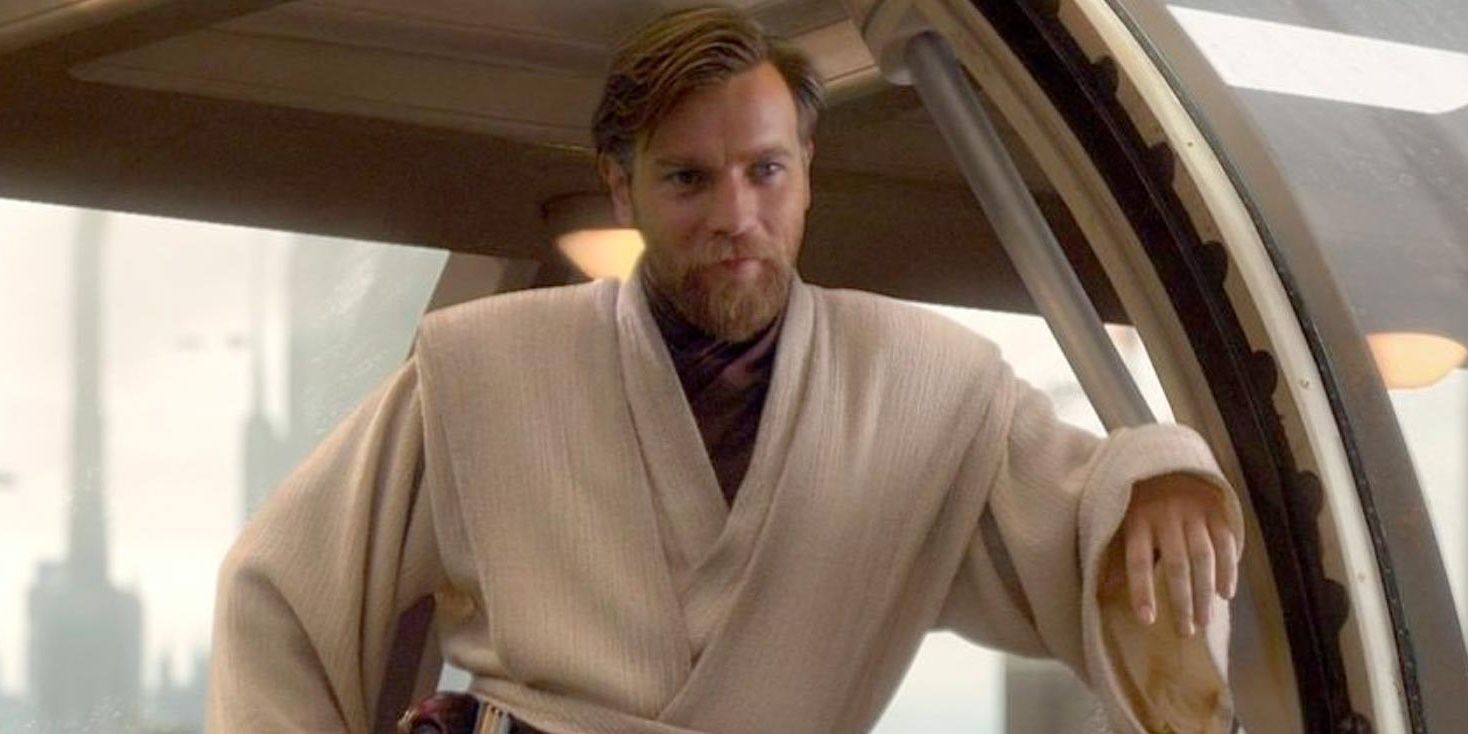
Ewan McGregor could’ve easily gone down in film history as an Alden Ehrenreich when he took on the role of young Obi-Wan Kenobi in the Star Wars prequel trilogy. Alec Guinness made Kenobi an icon of the silver screen as he mentored Luke Skywalker through the original trilogy, and as one of the greatest actors who ever lived, Guinness was tough to follow up.
But McGregor crushed it. He brought all-new flairs to Obi-Wan’s character while honoring his legacy. He embodied the character’s younger self without simply doing an Alec Guinness impression. We’ll finally be seeing more of McGregor’s Obi-Wan in an upcoming Disney+ series.
8 Wrong: Messing up the continuity
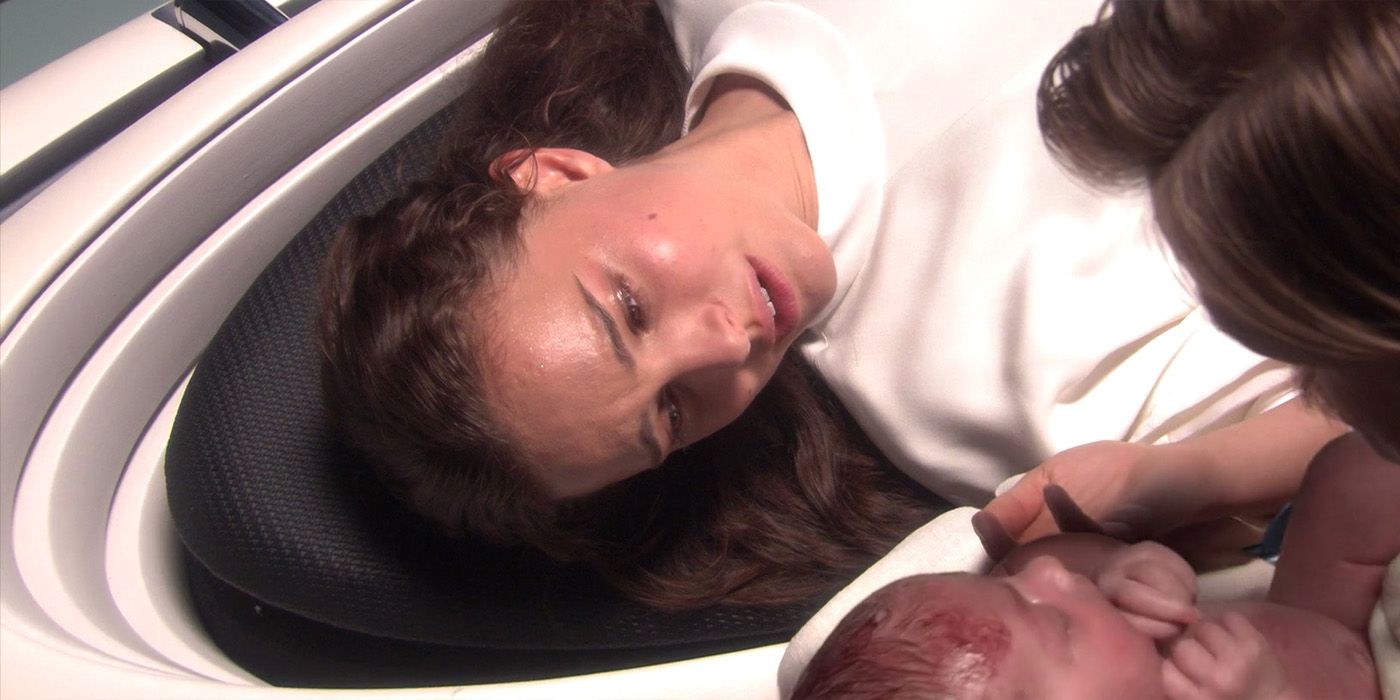
When he first conceived Star Wars, George Lucas saw it as a six-part story (or a nine-part story, or a twelve-part story, depending on what rumor you believe) and he chose to tell the fourth part first intentionally to draw in fans with the most exciting part. Lucas knew the story in broad strokes, but adapted each part as he came to actually bring it to the screen, which is why Luke and Leia kiss in Empire, then get revealed as twins in Jedi.
Unfortunately, the prequels mess up some of the continuity when you line them up with the original trilogy. How did Leia remember so much about her mother if she died during childbirth? Why did the Death Star take thirty years to construct? Why didn’t Artoo remember anyone?
7 Right: Music and sound design
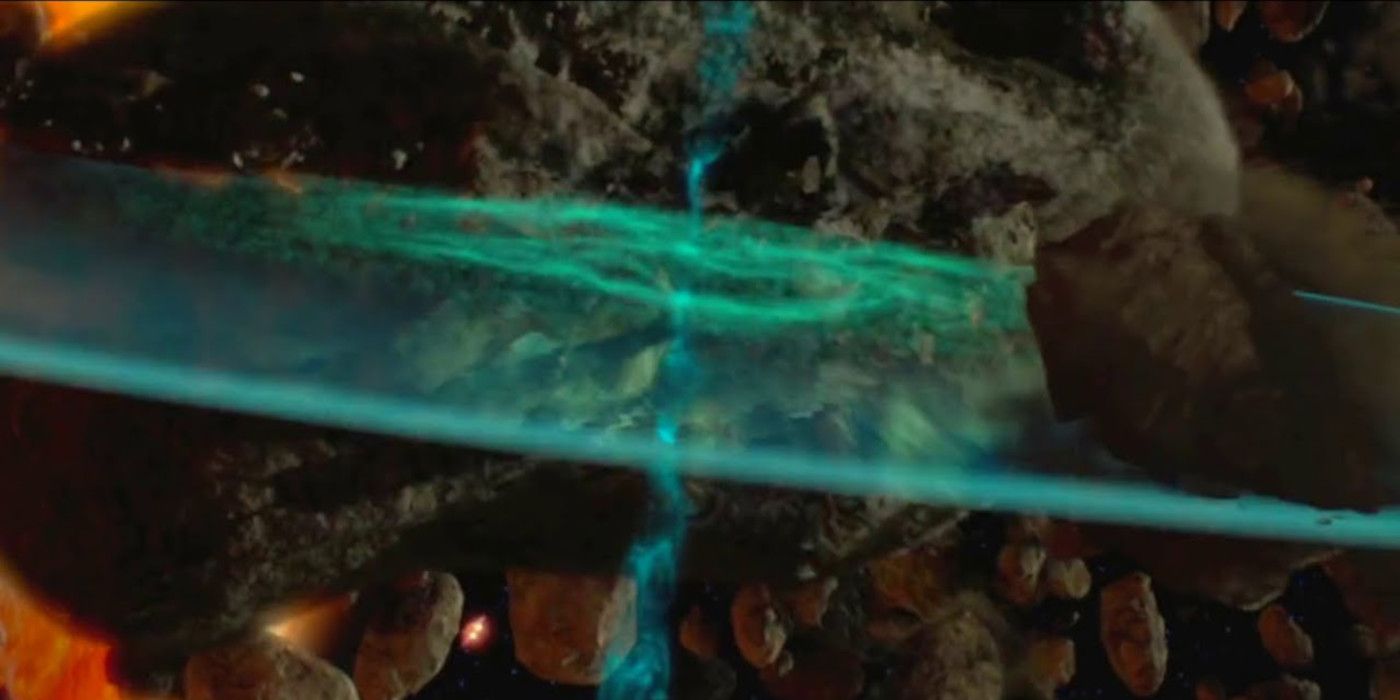
John Williams and Ben Burtt continued to nail the musical score and the sound design for Star Wars, respectively, when George Lucas brought them back for the prequels. On Williams’ end, he composed tracks such as “Duel of the Fates” and “Battle of the Heroes” that were just as breathtaking and instantly memorable as original tracks like “The Imperial March” and “The Force Theme.”
On Burtt’s end, he never failed to astound when he’d come up with a sound for something that doesn’t exist that ends up working perfectly. Just look at Obi-Wan’s seismic charge in Attack of the Clones, which is a beautiful sound effect — and delaying it because of the space setting was a nice touch.
6 Wrong: Cringeworthy romantic dialogue
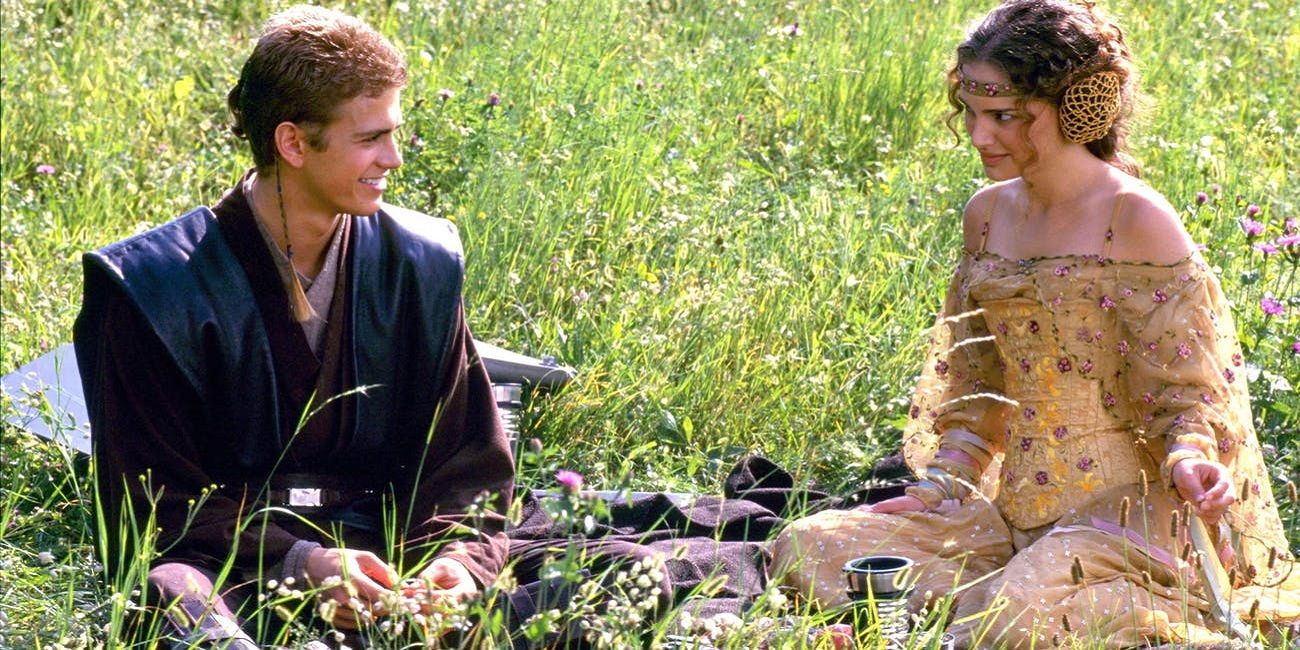
You don’t need to tell George Lucas that he’s not the most gifted writer of romantic dialogue, because he’s the first to admit it himself. While Lucas is a veritable genius in the art of storytelling, drawing mainly on Japanese cinema and comparative mythology, he stumbles in some areas of the execution. This is why Carrie Fisher had to punch up the original trilogy’s dialogue on-set.
Sadly, she wasn’t around to do the same for the prequels. Lucas allowed Hayden Christensen and Natalie Portman to rewrite a lot of their dialogue, but “I don’t like sand” still made the cut.
5 Right: Continually expanding the Star Wars universe
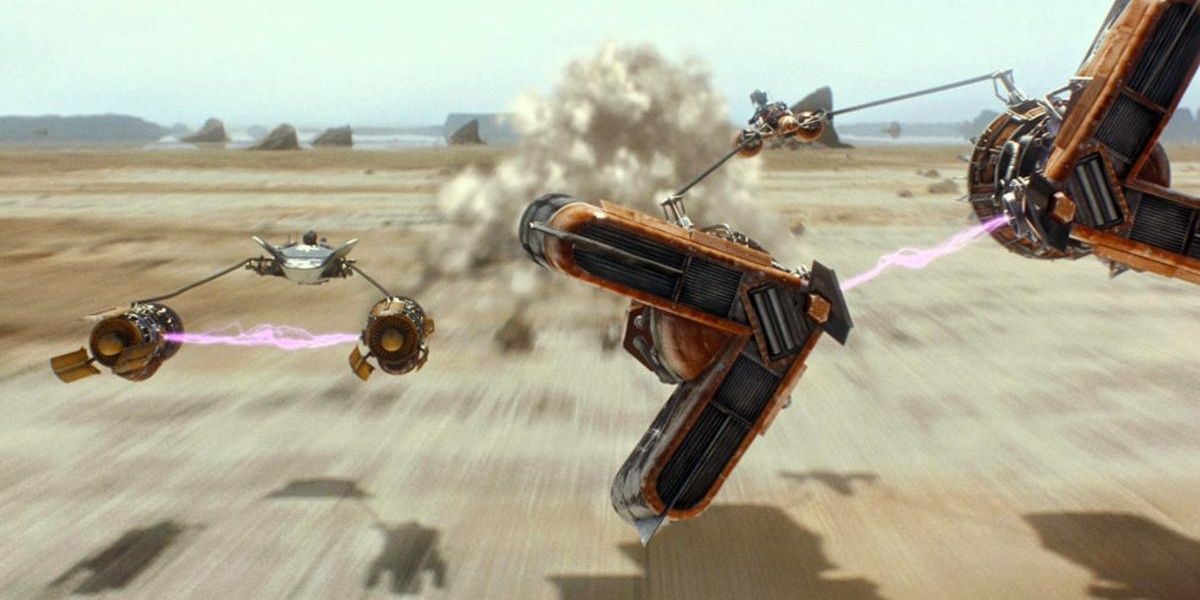
George Lucas has said recently that his biggest problem with The Force Awakens was its unwillingness to take risks. With all of his Star Wars movies, he continued to expand the universe. The prequel trilogy introduced us to Coruscant, the monarchy of Naboo, the Wookiees’ home planet Kashyyyk, the Trade Federation, the Jedi Council — even when the prequels took us back to Tatooine, we were shown new corners of Tatooine.
It’s easier to appreciate how much George Lucas strived to expand the worldbuilding in the prequels after five years of Disney relying entirely on nostalgia from the original trilogy’s iconography.
4 Wrong: Drawn-out political discussions

Audiences come to Star Wars movies for the escapism. They also want to see the continuation of the saga’s ongoing story and revisit their favorite characters, but primarily, the appeal is that pure escapism. We all have mundane lives and Star Wars movies offer us a chance to leave those lives behind and escape to a galaxy far, far away for a couple of hours.
The fun of this galaxy is that it’s full of spaceships blowing each other up, so it was disappointing to have to sit through long, drawn-out political debates in the prequel trilogy. The original trilogy had political commentary — it was George Lucas’ allegorical critique of the Vietnam War — but the political aspects were hidden in the spectacle.
3 Right: Ian McDiarmid’s performance as Palpatine
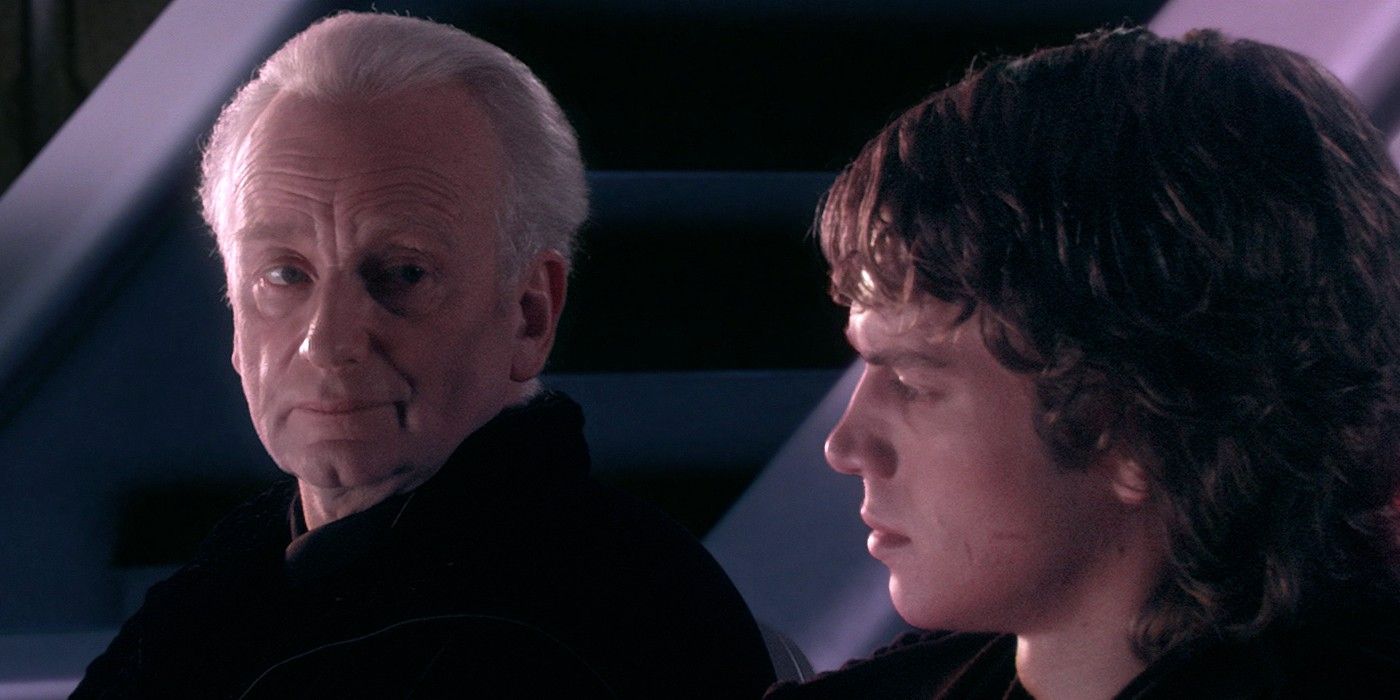
After polarizing the Star Wars fan base with The Last Jedi, Disney went hell for leather with The Rise of Skywalker by bringing back Ian McDiarmid as Emperor Palpatine, who supposedly died in Return of the Jedi. It was a huge risk and it’s unclear how it’ll pay off. But one thing is for sure: McDiarmid will continue to nail the character.
The actor has always done a fantastic job of playing the character’s Darth Sidious persona as a snarling, mustache-twirling menace. And the prequels gave him a chance to play the Chancellor Palpatine side with a deceptive campiness, hiding the Sith Lord within. He anchored the prequel trilogy more than Anakin himself did.
2 Wrong: Jar Jar Binks
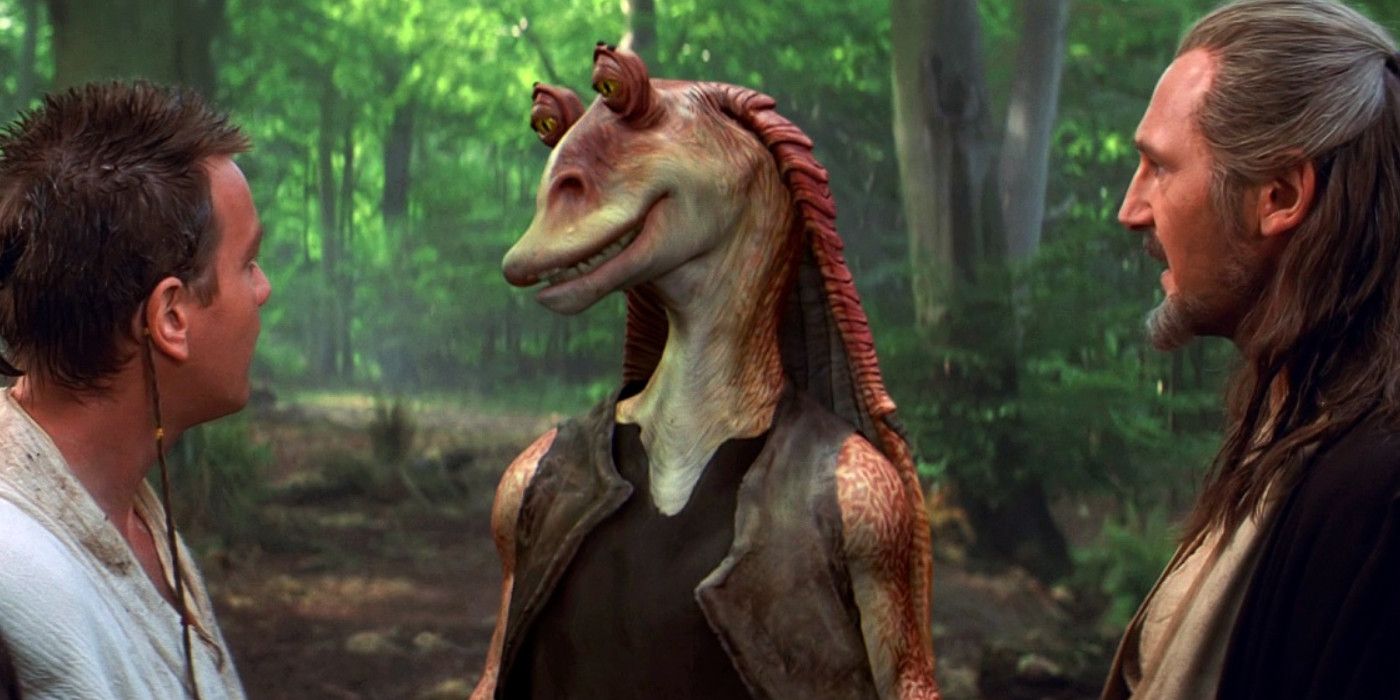
George Lucas will defend this character until the day he dies. Apparently, Jar Jar is his favorite Star Wars character. It’s not Han Solo or Darth Vader or Leia Organa or Obi-Wan Kenobi; it’s Jar Jar Binks.
Actor Ahmed Best faced a lot of the backlash for this character, and that’s not really fair, because the character was fundamentally flawed from his creation — it’s not Best’s fault; it’s what he was given to work with. Aside from being irritating beyond all belief, Jar Jar is a cartoonish amalgamation of several offensive cultural stereotypes. He’s just wrong all over. Fans’ hatred is justified.
1 Right: Sticking the landing
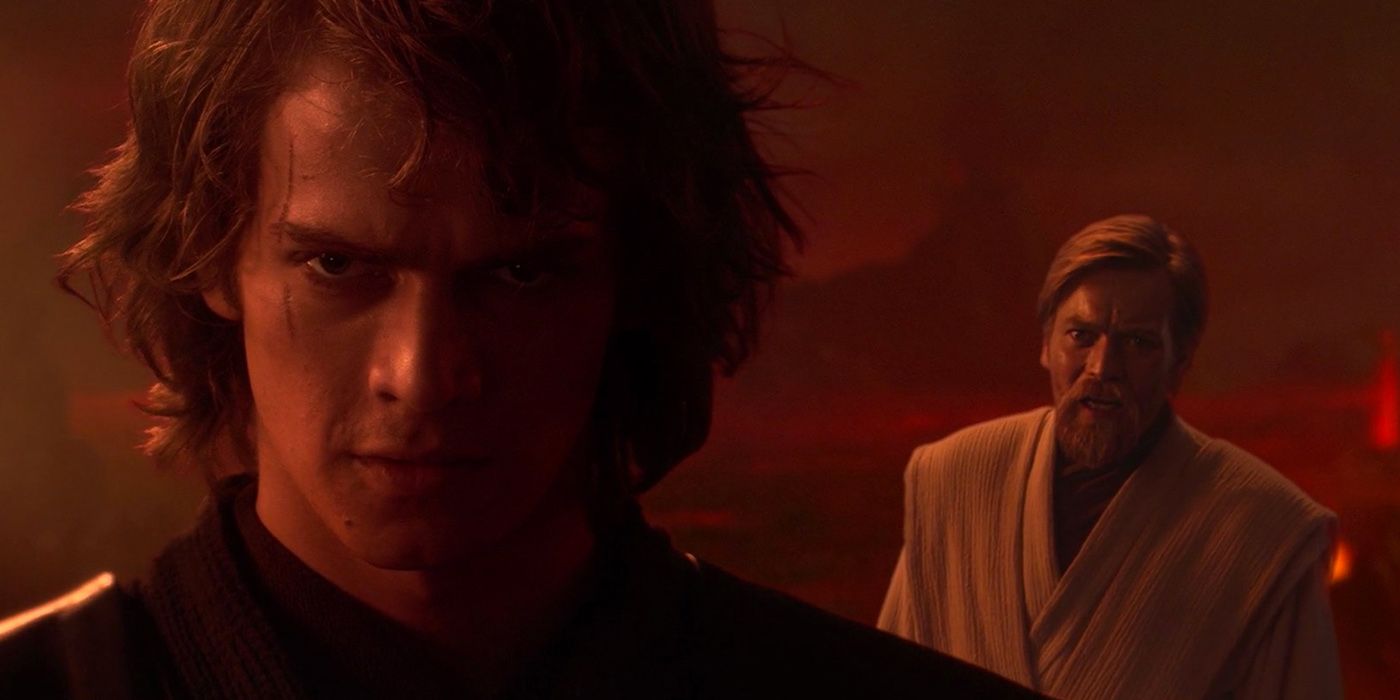
As much as fans are divided over The Phantom Menace and Attack of the Clones, most Star Wars fans can agree that Revenge of the Sith is a pretty good movie that successfully wrapped up the trilogy. It’s not a perfect movie by any means, but it does have its moments — and more importantly, it’s a satisfying bridge between the events of the prequel trilogy and the events of the original trilogy.
It doesn’t use the fact that it can end with the beginning of A New Hope as a crutch; it tells its own story in its own time, with the heartbreaking emotional payoff of Obi-Wan and Anakin’s climactic lightsaber battle feeling earned.
from ScreenRant - Feed https://ift.tt/2tnoV93

0 comments:
Post a Comment